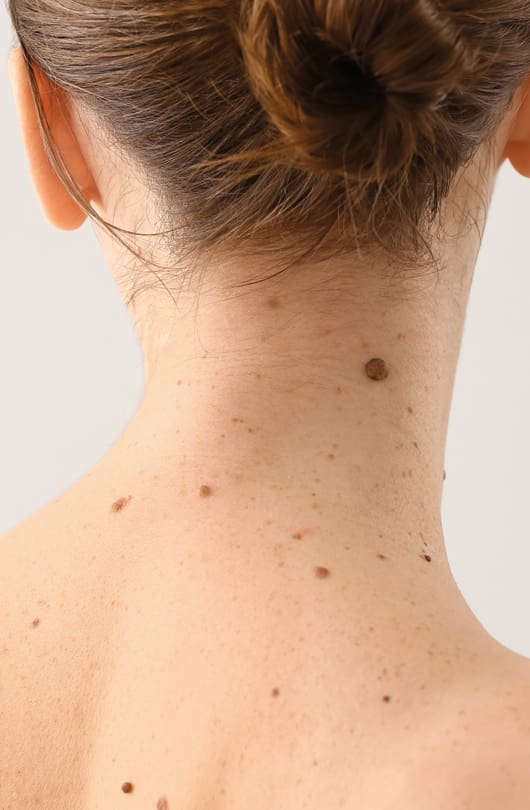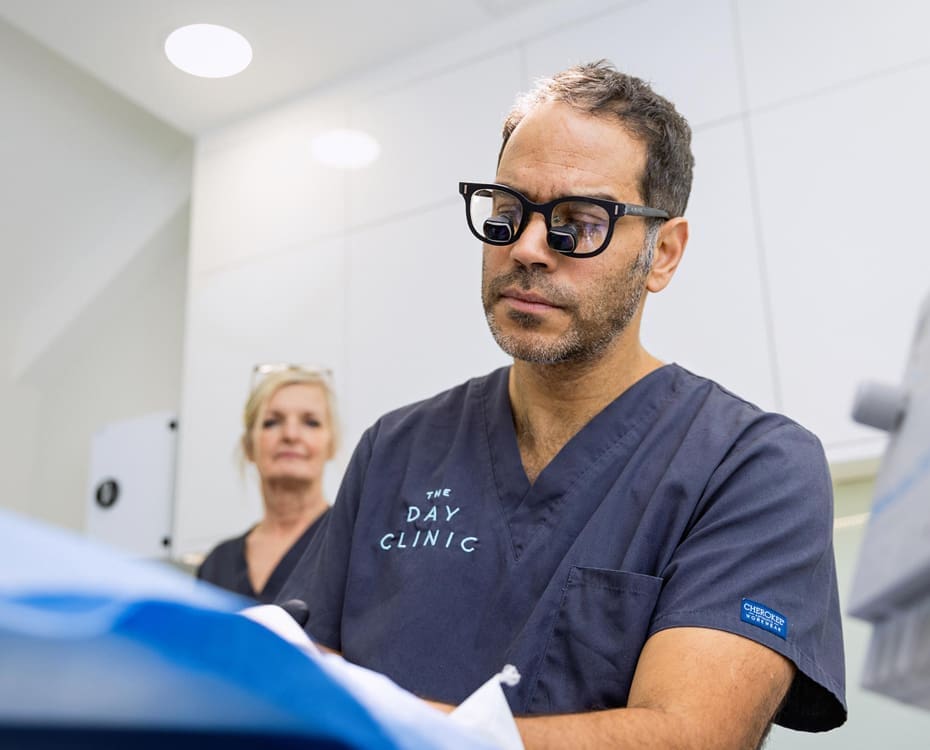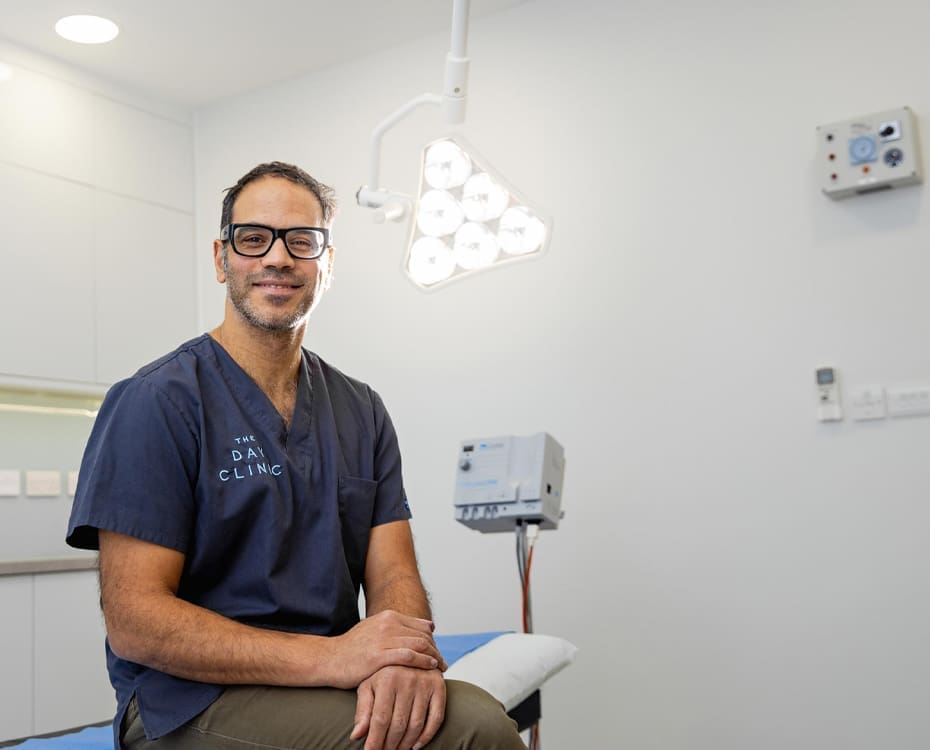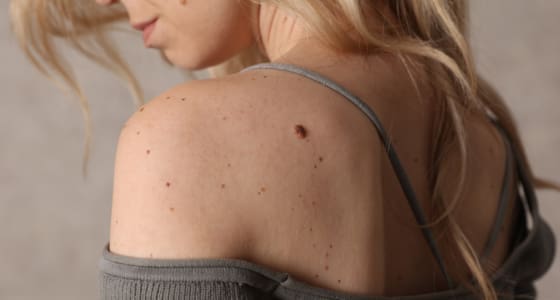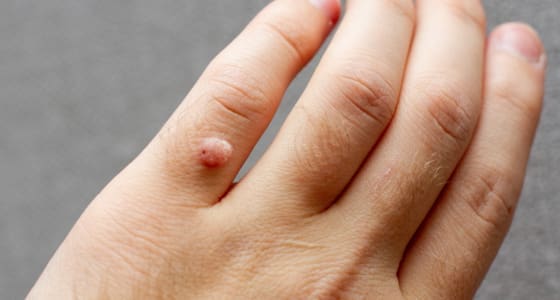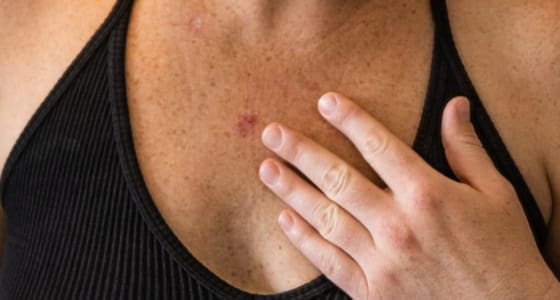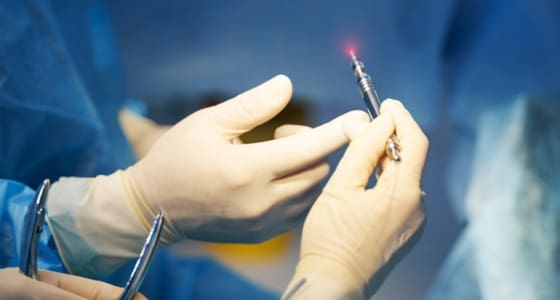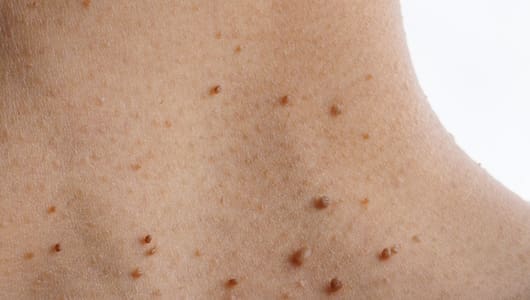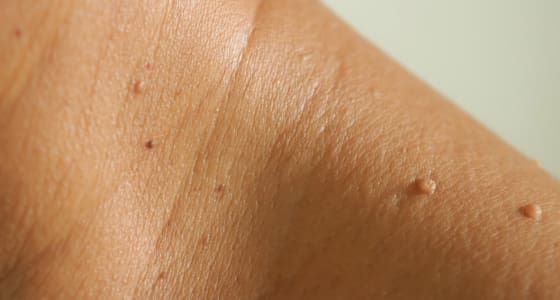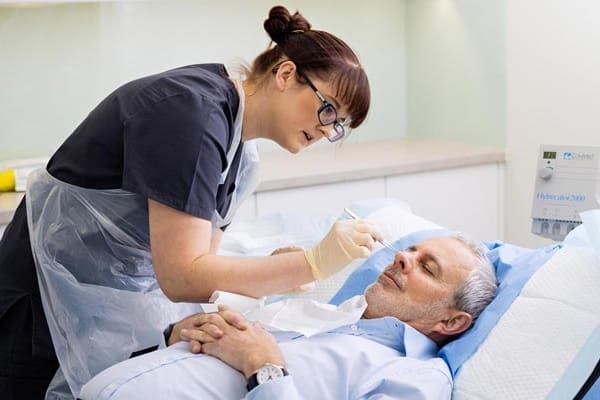While Cryotherapy is generally considered a very safe procedure, there are some potential risks and complications you should be aware of. These may include:
Infection
Cryotherapy works by creating a cold burn which can render the skin surface vulnerable to infection while it is healing. Warning signs may include increased pain, redness, swelling, warmth or discharge from the wound. Most infections will present themselves around 9 days after a procedure and the treatment is usually a one week course of oral antibiotics. Should you have any concerns about the presence of infection we will be available to see and advise you accordingly.
Scarring
Cryotherapy will usually not result in any form of significant scar but there may be an area of discolouration after the treatment.
Nerve Damage
In rare cases, and usually only after repeated treatments, surrounding sensory nerves may become damaged. This is very uncommon and usually only temporary.
Recurrence
With certain types of skin lesion there is a small risk of it coming back, also known as recurrence. The outcome from treatment of skin lesions with cryotherapy can be less predictable than surgical options (see shave excision) but it remains a very good option in specific circumstances.

